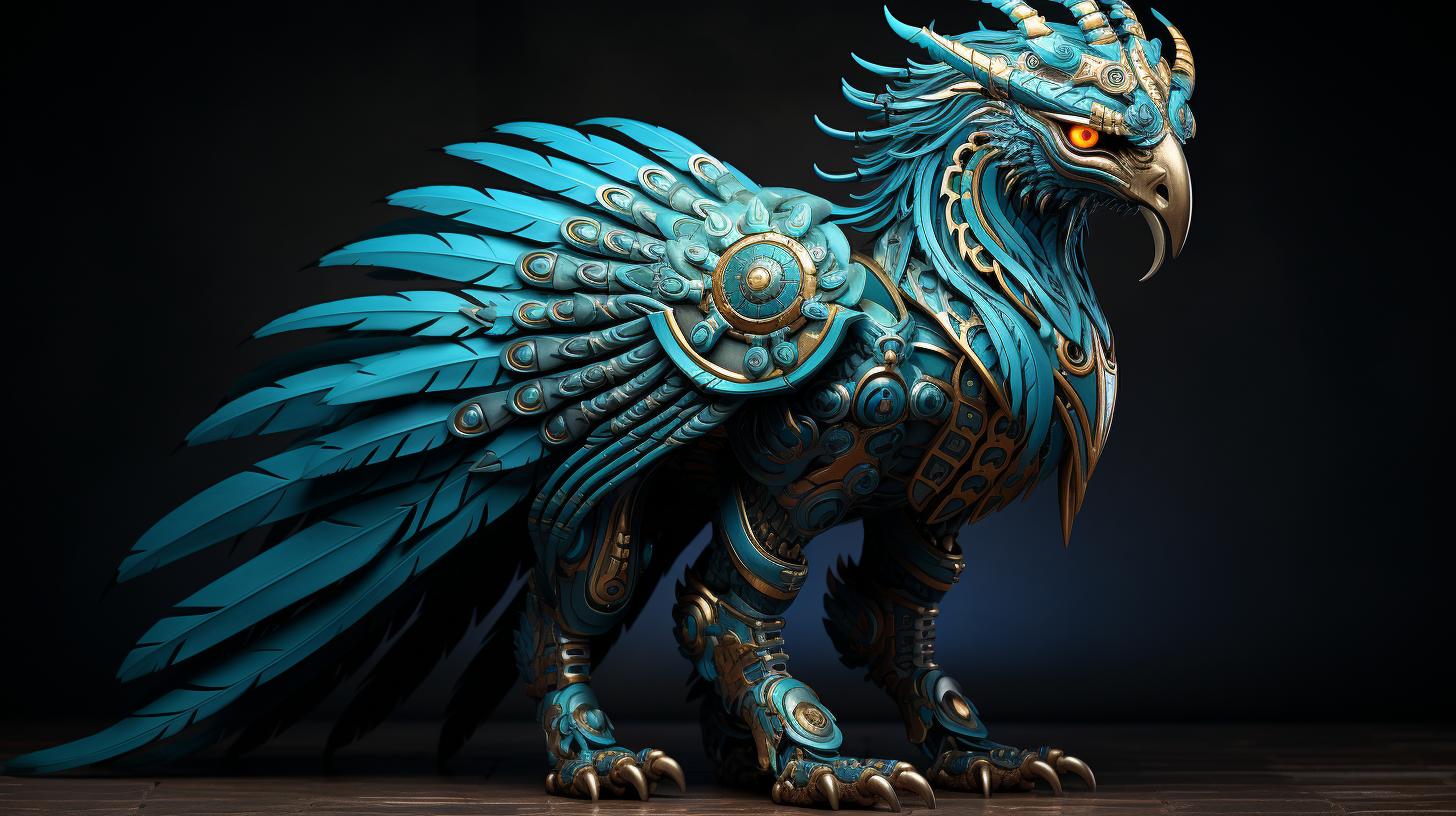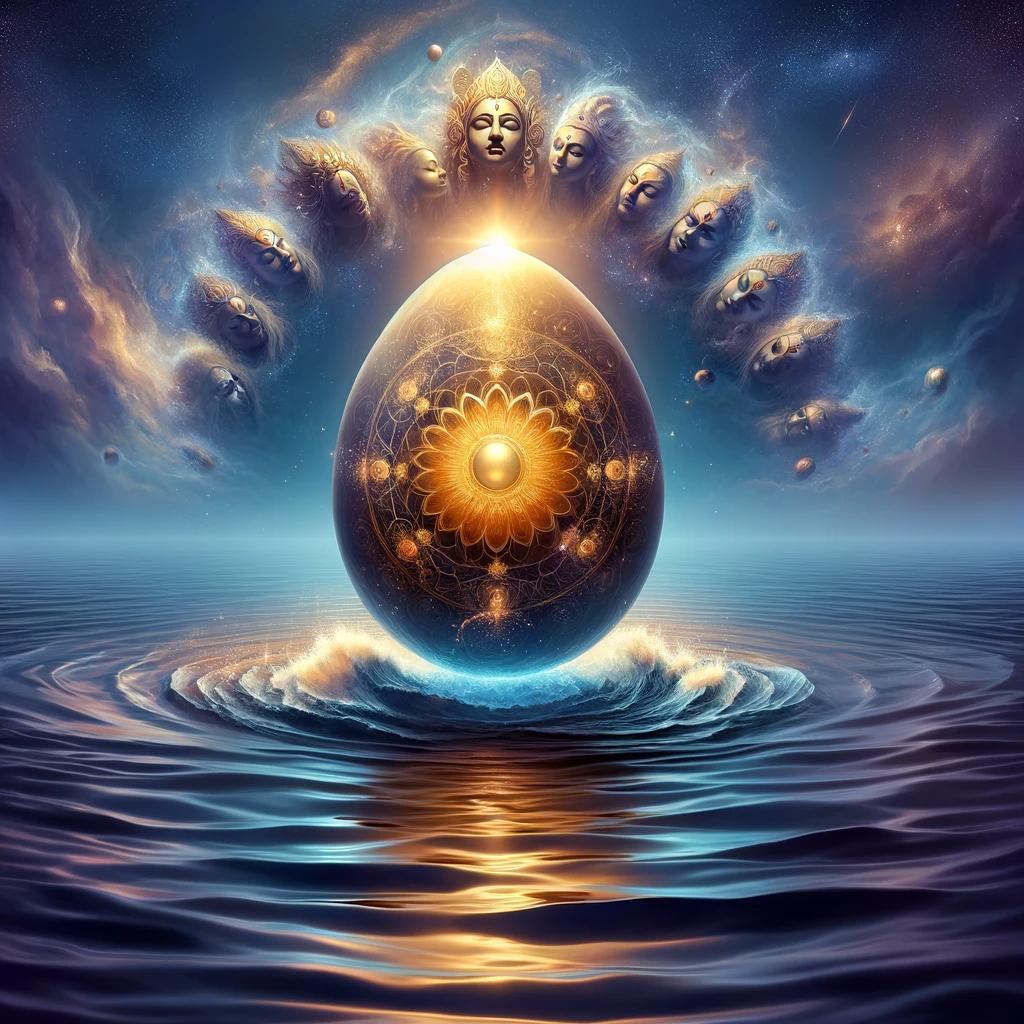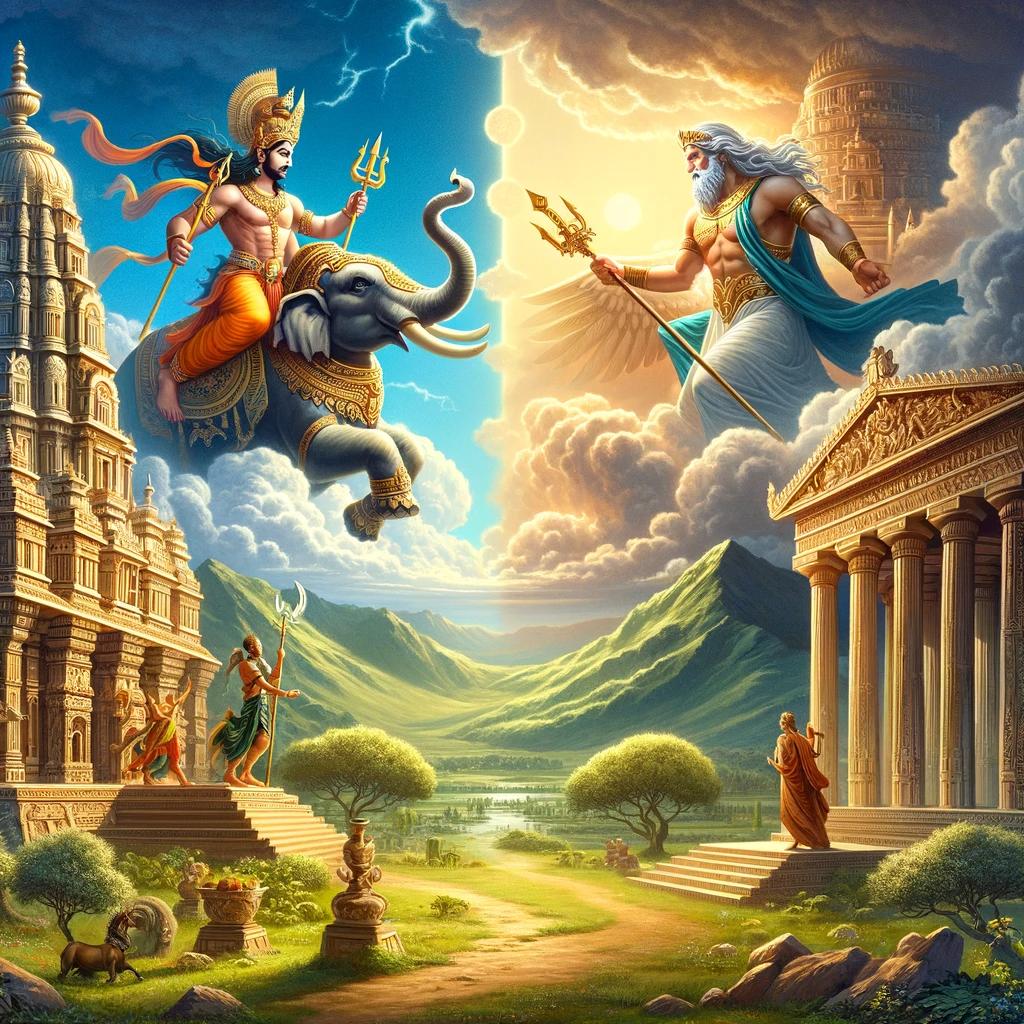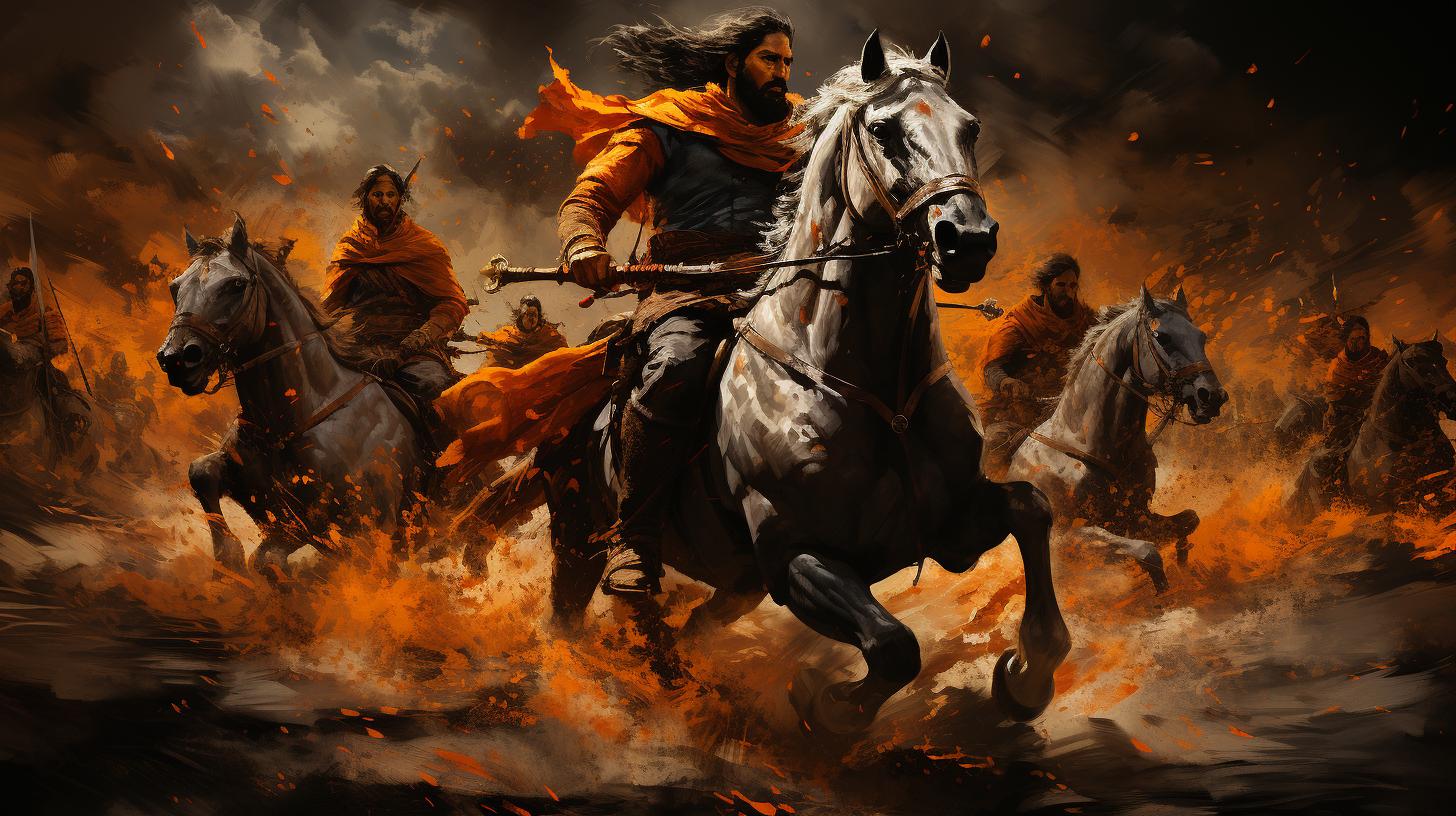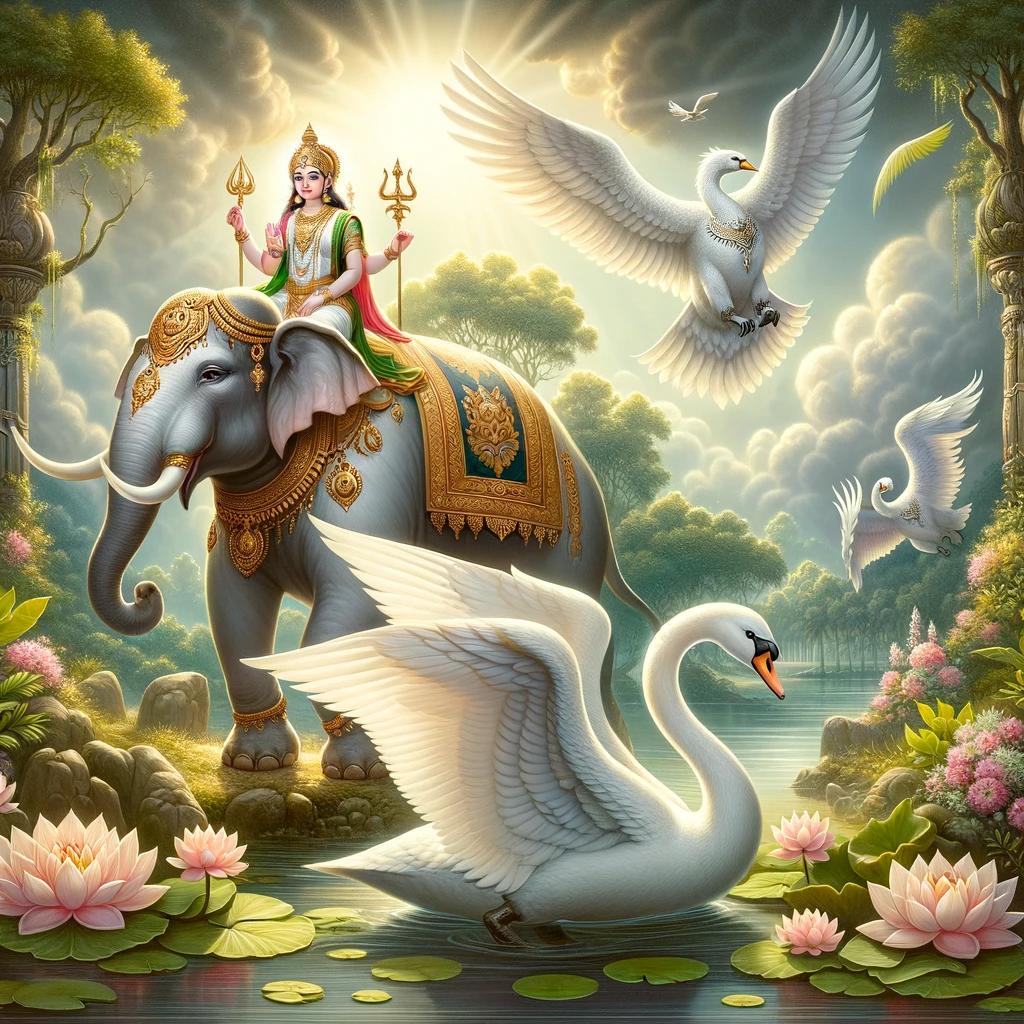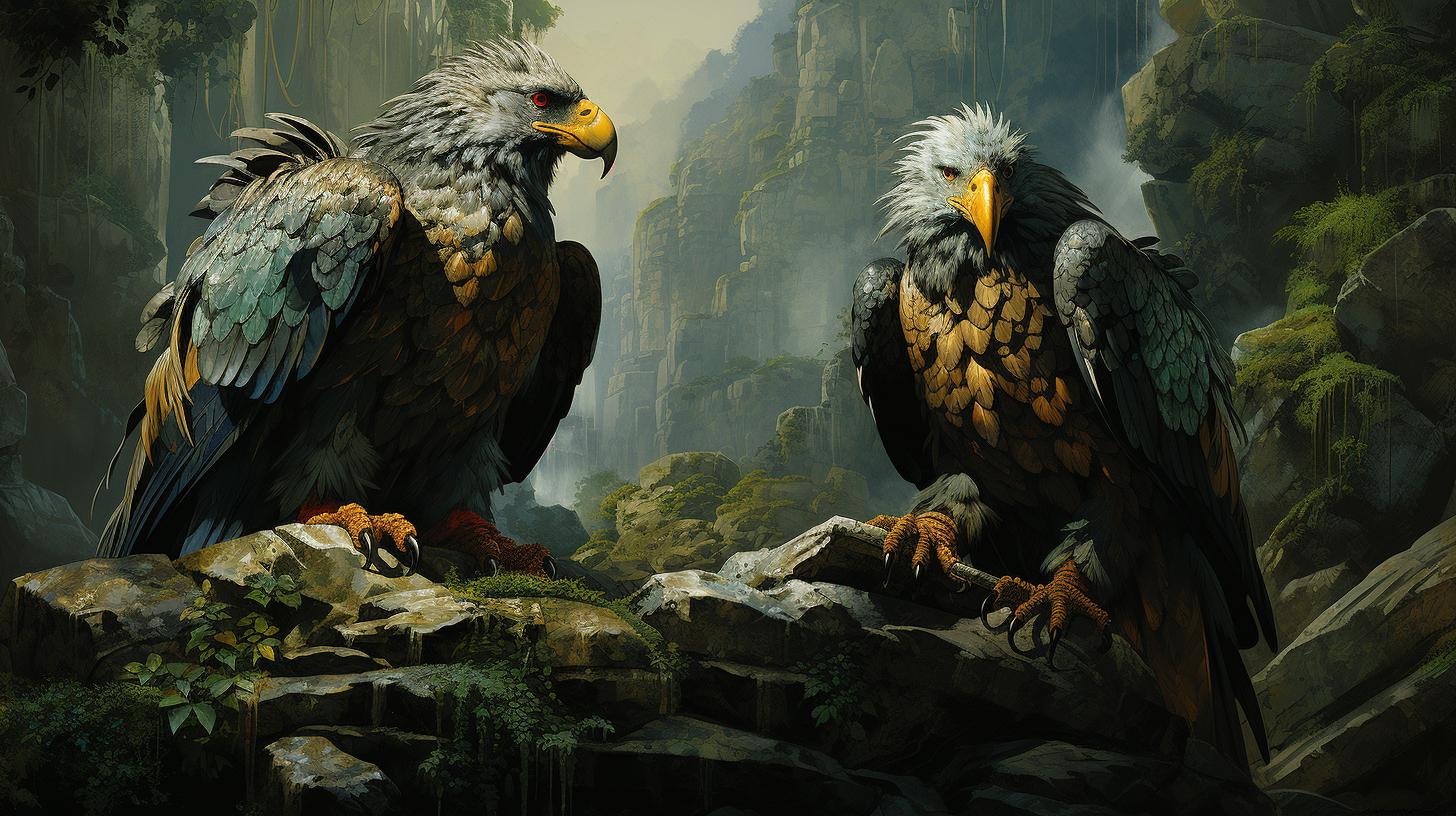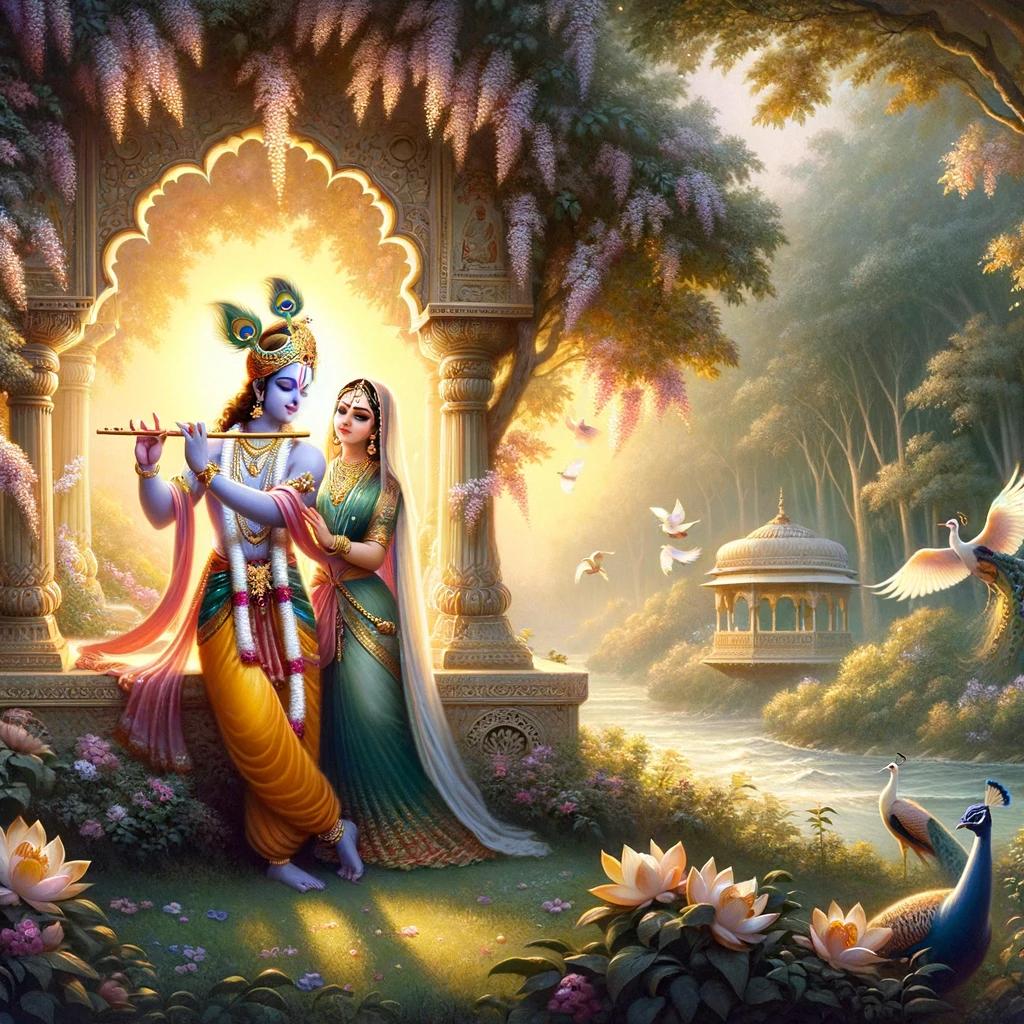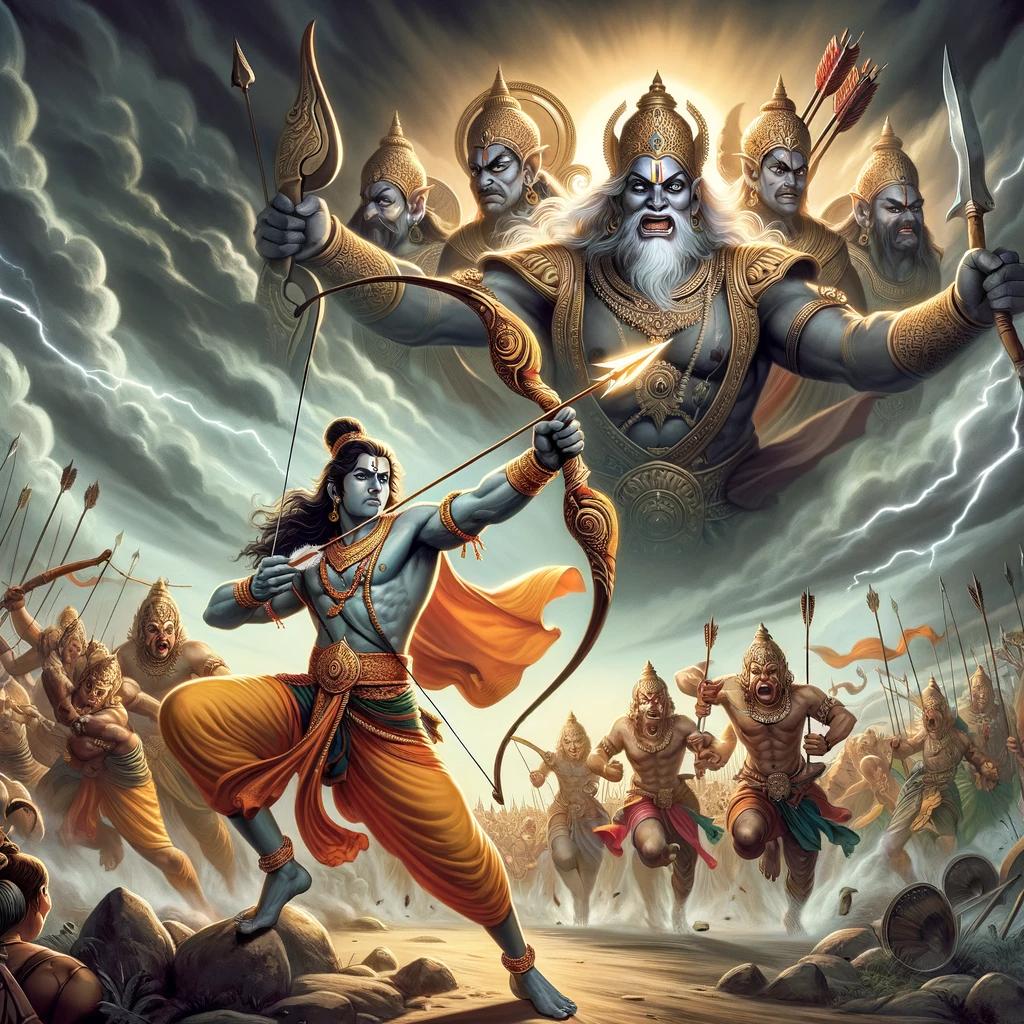Navagunjara story: Unveiling the Mythical Creature of Divine Revelation
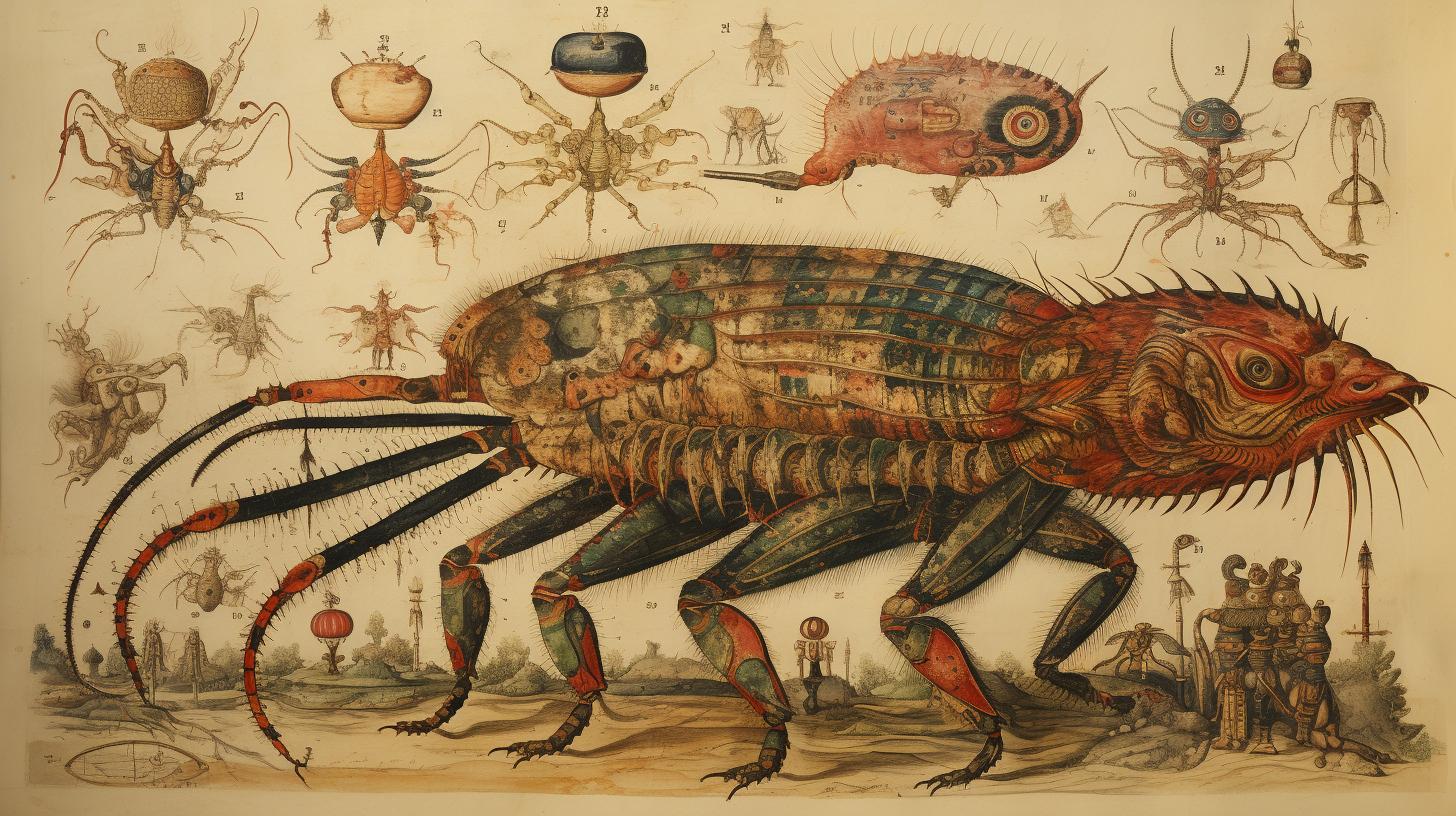
Navagunjara story is a fascinating tale rooted in Hindu mythology. This mythological account revolves around a mythical creature composed of nine different animals. Arjuna, one of the prominent characters from the Mahabharata, encounters this divine creature during his exile in the forest.
The Navagunjara holds a significant place in Hindu culture, with its symbolism and encounters with Arjuna offering profound insights. This article explores the origin of Navagunjara, delves into the heroic journey of the Pandavas, and unravels the cultural impact of this intriguing story.
Join us as we delve into the depths of Navagunjara’s story and its enduring relevance in Hinduism.
The Mythical Origin of Navagunjara
The Navagunjara is a fascinating creature steeped in Hindu mythology, revered for its divine nature and symbolism. This section explores the multifaceted nature of Navagunjara, the nine animals that comprise it, and Arjuna’s awe-inspiring encounter with this mythological entity.
The Multifaceted Nature of Navagunjara
Navagunjara is a complex entity that embodies various aspects of the natural world. It represents the interconnectedness and diversity of life, showcasing the harmonious coexistence of different species and their intrinsic value.
The multifaceted nature of Navagunjara signifies unity, balance, and the cyclical nature of existence.
The Nine Animals Comprising Navagunjara
Navagunjara is composed of nine distinct animals, each embodying unique characteristics and symbolism. These animals include a lion, tiger, deer, boar, peacock, snake, cow, elephant, and human. Together, they signify strength, agility, grace, wisdom, fertility, and more.
The amalgamation of these creatures in Navagunjara represents the diverse attributes found in the natural world.
Arjuna’s Encounter with Navagunjara
During his exile in the forest, Arjuna comes face to face with the awe-inspiring Navagunjara. Initially, he contemplates attacking this mystical being with his bow, but a divine revelation dawns upon him.
Arjuna recognizes the presence of Lord Krishna in the Navagunjara, compelling him to submit and surrender to the divine entity. This encounter symbolizes Arjuna’s realization of the divine essence permeating all aspects of existence.
The Pandavas: Heroes of the Mahabharata
The Mahabharata, an epic Hindu tale, introduces us to the legendary Pandavas. These five brothers, born out of divine intervention, played a pivotal role in shaping the course of history.
Let’s explore their intriguing journey and the significant events that defined their lives.
Introduction to the Pandava Brothers
The Pandava brothers – Yudhishtira, Bhima, Arjuna, Nakula, and Sahadeva – were the sons of King Pandu and his wives, Kunti and Madri. Each brother possessed unique qualities and made invaluable contributions to the Mahabharata narrative.
From their early upbringing alongside their cousins, the Kauravas, to their eventual rise as heroes, the Pandavas displayed courage, righteousness, and unwavering determination.
The Birth and Lineage of the Pandavas
The birth of the Pandavas was surrounded by extraordinary circumstances. King Pandu’s inability to father children led to his wives seeking divine intervention. Through the ancient practice of Niyoga, Kunti bore Yudhishtira, Bhima, and Arjuna, while Madri gave birth to Nakula and Sahadeva. Their mixed lineage connected them to various gods and bestowed divine attributes upon them.
The Pandavas’ Marriage to Draupadi
One of the significant events in the Pandavas’ lives was their marriage to Draupadi, a remarkable woman of unparalleled beauty and strength. This unconventional polyandrous union emerged from a misunderstanding during their exile.
Despite the complexities involved, Draupadi stood as a pillar of support for the Pandavas and played a vital role throughout the Mahabharata.
The Epic Battle of Kurukshetra
The Epic Battle of Kurukshetra was a pivotal moment in the Mahabharata, where the conflict between the Kauravas and the Pandavas reached its climax. This war was fought to determine the rightful rulers of the kingdom of Kuru.
The battle was not only a physical clash but also a moral and philosophical struggle for righteousness.
The Kauravas vs. the Pandavas
The battle lines were drawn between the Kauravas, led by Duryodhana, and the Pandavas, led by Yudhishtira. The Kauravas, driven by envy and greed, refused to return the kingdom of Indraprastha to the Pandavas after their exile.
This act of injustice ignited the flames of war, pitting brothers against brothers, cousins against cousins.
The conflict between the two factions was not just an ordinary battle. It represented the clash between the forces of good and evil, righteousness and corruption.
Each side had its allies, and warriors from all corners of the kingdom joined the battle. The war of Kurukshetra became a reckoning of values and ideologies.
The Exile and Return of the Pandavas
Before the battle commenced, the Pandavas had to endure thirteen years of exile as per the conditions set in the game of dice.
During this time, they faced numerous challenges and tribulations. However, their resolve remained unshaken, and they gained valuable allies and experiences that would prove crucial in the impending war.
After the completion of the exile, the Pandavas returned to claim their kingdom.
However, the Kauravas refused to honor their promise, leading to the inevitable showdown at Kurukshetra. The Pandavas, with their righteousness and support from Krishna, were determined to fight for justice and reclaim what was rightfully theirs.
Krishna’s Role in the War
Krishna, the divine charioteer and guide, played a crucial role in the epic battle. As the trusted advisor of the Pandavas, Krishna provided guidance, wisdom, and divine intervention throughout the war.
His teachings, as narrated in the Bhagavad Gita, offered philosophical insights and moral dilemmas faced by the warriors.
Krishna’s presence on the battlefield influenced the course of the war. His divine discourses and strategical advice empowered the Pandavas to fight with valor and determination.
His divine form instilled awe and reverence in the hearts of the warriors, reminding them of the larger cosmic play at hand.
The Epic Battle of Kurukshetra, with its intense conflicts and ethical dilemmas, unfolded as a significant turning point in the Mahabharata.
It tested the mettle of the warriors and highlighted the eternal struggle between good and evil. The battle showcased the power of righteousness and the importance of standing up for justice, even in the face of adversity.
Navagunjara in Hindu Mythology
The Navagunjara holds great symbolism and significance in Hindu mythology. This mystical creature, composed of nine different animals, represents the interconnectedness of nature and the divine. Its unique form embodies the diverse aspects of existence, offering a profound reflection of the complexity of life.
Symbolism and Significance of Navagunjara
The Navagunjara symbolizes the unity of various attributes and virtues. Its combination of animals represents different qualities such as wisdom, strength, beauty, and knowledge. The creature’s presence denotes the transcendent nature of divinity and the harmonious coexistence of contrasting elements.
Furthermore, the Navagunjara embodies the concept of “jiva-atma,” the individual soul or self, and its eternal connection with the universal soul, known as “paramatma.” It serves as a reminder of the inherent divinity within every living being and the potential for spiritual growth and enlightenment.
Navagunjara’s Encounter with Arjuna: A Divine Revelation
During his period of exile, Arjuna encounters the Navagunjara in the lush forests. Initially, he perceives it as a formidable creature and prepares to engage in battle. However, a divine voice implores Arjuna to submit to the Navagunjara, persuading him of the creature’s sacred nature.
Arjuna realizes that the Navagunjara is an embodiment of Lord Krishna, who reveals himself to the warrior prince. This encounter serves as a transformative experience for Arjuna, deepening his understanding of divinity and his own spiritual path.
Comparisons with Mythical Creatures in Western Narratives
Contrary to Western narratives where similar creatures are often considered monstrous and must be defeated, the Navagunjara represents a unique perspective in Hindu mythology. It emphasizes acceptance and reverence towards diverse forms of existence, showcasing the inherent beauty and inherent divinity within.
This divergence in narrative highlights the contrasting cultural perspectives and philosophies between Eastern and Western mythologies, enriching our understanding of different traditions and their interpretations of mythical creatures.
The Legacy of Navagunjara and its Cultural Impact
The Navagunjara story holds immense cultural significance, influencing various art forms and religious practices in Hinduism.
Let’s explore the lasting impact of Navagunjara across art, literature, temple representations, and its relevance in contemporary Hinduism.
Navagunjara’s Influence in Art and Literature
Navagunjara’s extraordinary imagery has captured the imagination of artists and authors, inspiring countless works in different art forms and literary genres. Paintings, sculptures, and illustrations depict the majestic Navagunjara, showcasing its unique combination of nine animals.
Its portrayal in epic poems, plays, and novels further amplifies its essence, bringing mythological narratives alive.
Navagunjara’s Representation in Hindu Temples
The awe-inspiring Navagunjara finds its representation in Hindu temples, often adorned with intricate carvings and sculptures. Temple architecture incorporates Navagunjara motifs, symbolizing divine beauty and spiritual presence. Devotees visit these temples to seek blessings and engage in sacred rituals, connecting with the mythical creature.
Navagunjara’s Relevance in Contemporary Hinduism
Despite its mythical origins, Navagunjara remains relevant in contemporary Hinduism, offering profound insights and lessons. Devotees perceive Navagunjara as a symbol of divine revelation, representing the complex nature of life and the interconnectedness of various aspects.
Its story highlights the importance of recognizing diverse perspectives and embracing the multi-faceted nature of existence.
In conclusion, Navagunjara’s legacy extends beyond ancient mythology. Its cultural impact permeates through art, literature, temple representations, and continues to shape contemporary Hindu beliefs, providing spiritual guidance and cultivating a deeper understanding of the intricate tapestry of existence.
Unraveling the Significance of Navagunjara Story: Perspectives and Interpretations
Academic Analysis of Navagunjara Story
The Navagunjara story has captivated scholars and researchers alike, leading to extensive academic analysis of its origins, symbolism, and cultural implications. Scholars delve into the rich narrative of Navagunjara, examining its mythical composition and exploring the layers of meaning embedded within.
By scrutinizing ancient scriptures, linguistic nuances, and historical context, academic interpretations shed light on the profound message conveyed by the Navagunjara story.
Devotional and Spiritual Insights
Navagunjara’s narrative invokes a deep sense of devotion and spirituality among believers. Through devoted contemplation and meditation, individuals gain insights into the divine essence represented by Navagunjara. Devotees connect with the symbolic animals that comprise Navagunjara, finding profound spiritual significance in each aspect.
This exploration of Navagunjara’s story offers seekers a pathway to spiritual enlightenment and deepens their connection with the divine realm.
Navagunjara’s Lessons for Modern Life
Beyond its historical and spiritual context, the Navagunjara story holds valuable lessons applicable to modern life. The multifaceted nature of Navagunjara represents the complexity and interconnectedness of the world we live in, reminding us of the importance of embracing diversity and unity.
Navagunjara’s encounter with Arjuna underscores the need for humility and surrender in the face of the divine, highlighting the significance of surrendering our ego-driven desires to a higher power. These lessons from the Navagunjara story provide guidance for navigating the challenges of contemporary society and fostering harmony and growth on a personal and collective level.
.

